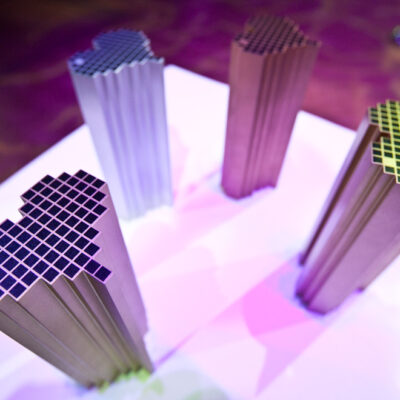
EFHA World 10.11.2023
23.03.2018
craftDIYfashion historypunk
Customization as Craft
Every action that involves the use of hands to make something, or to make a change on something, can be considered a craft. This is why styling – as a way of creating an image by piecing together different items and also modifying them – can in some cases be called craft. In the 1970, the Punk movement originated in the UK. Together with it came Do-It-Yourself aesthetics and practices, directly affecting the material culture and image of the movement.
The punk movement came as a violent and loud response to the institutional structure that was suffocating the lower classes. Using their visibility as first weapon to counteract this stagnant situation, punks exploited fashion in order to stand out and make their voice heard through their appearance, so strikingly different from the middle class men and women they were protesting against.
The protest happened also through the active production of material culture: using as a basis some of the codes of British culture – the Scottish check, for example – Punks used to customize their clothing and accessories with other symbols. The most iconic were safety pins, used to reconstruct the items that were deliberately ripped or torn.
Interestingly, early Punk fashion was based, more than on designing items, on styling what was ready to buy. Customization came in all forms and allowed punk aesthetic to develop as a craft. The most skilled at this craft managed to turn the movement into a business. The names most commonly linked to the Punk Movements were Vivienne Westwood and Malcolm McLaren, who opened Sex and Seditionaries in the Chelsey area in London in the 1970s.
Another designer who got inspired by the Punk Aesthetic was Zandra Rhodes, who presented a collection called Conceptual Chic in 1977, which featured safety pins, chains and other symbols of what started as a DIY aesthetic.